A Weekend in Villa de Leyva
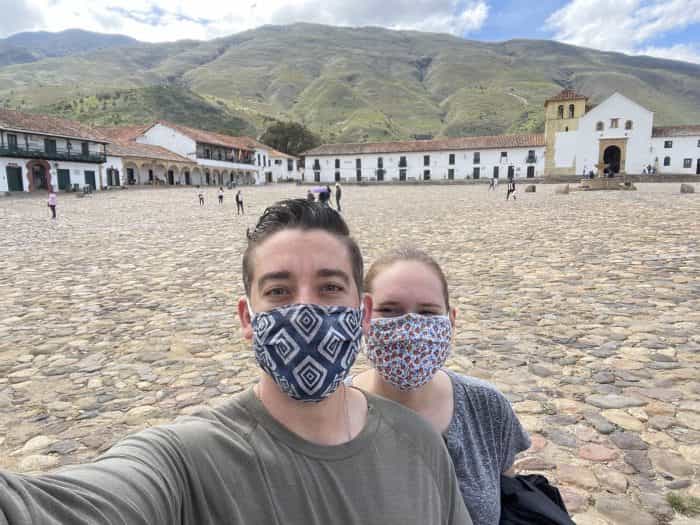
Have you ever heard of the Kronosaurus? No? Perfect, because this entire post is going to be about that huge, 18 meter long pliosaur (what sciency people call water dinosaurs) that was named after the Greek titan Kronos. Just kidding. Unfortunately, this post is actually about a trip we took to the home of the second most complete Kronosaurus fossil in the entire world, Villa de Leyva.
I co-taught in Tunja!
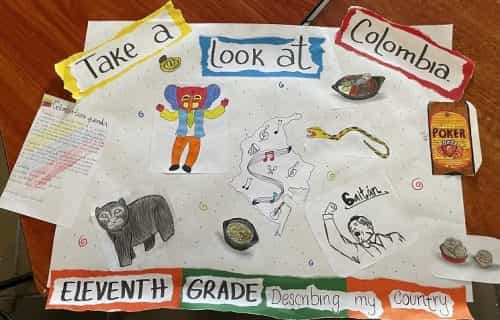
This is another research update because I spent the last week in Tunja, co-teaching with the English teacher! During my first visit, I noticed right away that “somos un equipo” – we are a team – and that meant that I would not be allowed to simply be an outside observer. Students and teachers alike drew me into conversations and activities in nearly every classroom. Inspired by this ethos, I asked the English teacher if she would be open to collaborating on a project together…
A Brief History of Education in Colombia
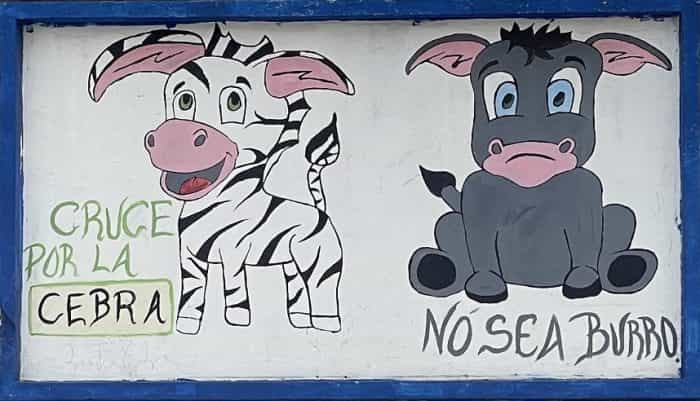
At the time of the revolution, 2 or 3 percent of the population could read. In a changing world that stat was not acceptable. Education was increasingly seen as a fundamental human right and, perhaps more importantly, it was more and more clear that thriving economies needed more educated workers, engineers, doctors, scientists, bureaucrats, and even generals.
In Furrows of Sorrows, Colombian History Pt. 6
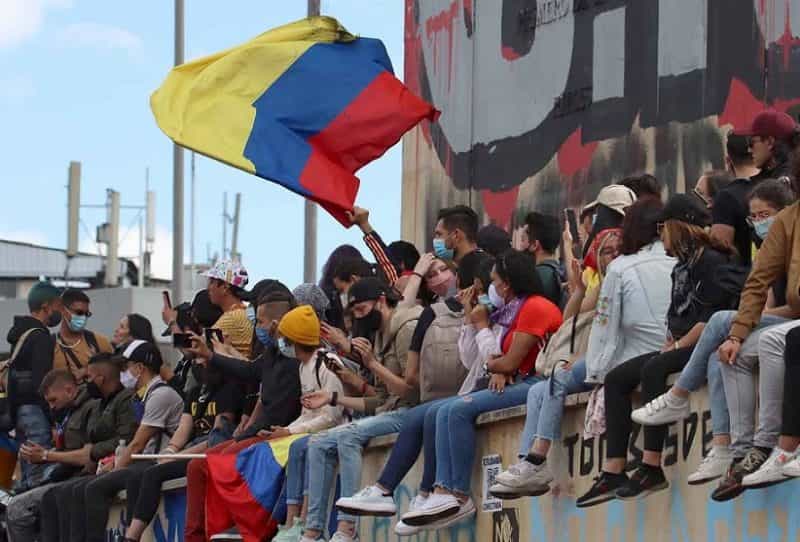
And, more importantly, I think that Núñez managed to capture an essential piece of the Colombian spirit. Though written more than a century ago, el Himno Nacional de la República de Colombia is a mixture of historical despair and tempered optimism that still defines the thoughts and feelings of many Colombian that I have met. The notion of themselves as a people full of life and happiness coexists, and perhaps sustains, scathing critiques of government abuses and clear-eyed assessments of narcotraficante power.
Research Update – First Visit to Tunja!
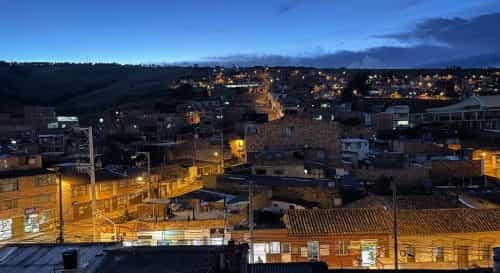
Last week I left Abbey in Bogotá, traveled a few hours away to the city of Tunja, and did my first observations at a school that uses the Escuela Nueva model. After a month of reading and preparing, I was excited to finally be entering a school. That’s what I came here to do! Of course, I was also feeling really nervous. I’ve visited around two dozen schools in the US, mostly out of pure curiosity and usually on my own. But this time everything would be in Spanish! And we are still in the middle of a pandemic.
¡Yo Soy Un Pueblo! Colombian History Pt. 5

I am not a man, I am a people! Jorge Eliécer Gaitán, the man who embodied the hopes of so many Colombians, was shot dead on his way to lunch on April 9, 1948. The community that Gaitán represented died with him, unraveling, fragmenting, and descending into La Violencia. Riots started immediately in Bogotá and lasted into the night, resulting in as many as 3000 deaths and widespread property destruction that forever altered the development of the city.
Seeing the Sights
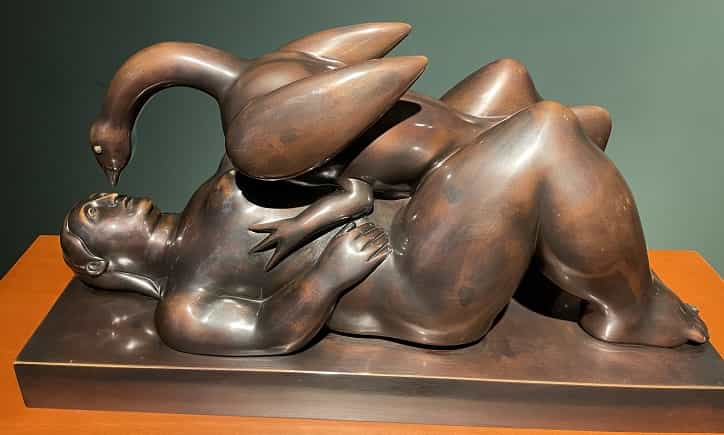
Have you ever lived in a place and never done any of the super touristy things? For us, it’s easy to settle into a rhythm, thinking that there is plenty of time to see what a place has to offer, and then realize too late that you missed out on some cool things. Of the top 10 things to do in Sacramento, our previous home, we only did 3 of them. The numbers are similar for San Jose, where we lived for three years!
A Framework of Legitimacy and Violence, Colombian History Pt. 4

Independence from the Spanish Empire did not, unfortunately, wipe away centuries of oppression. Colonial hierarchies remained firmly entrenched in people’s minds and material conditions. As one French diplomat observed, 1840s Colombia was a “republic where every man calls ‘master’ any individual whiter or better dressed than himself”
Bogotá, Our Home
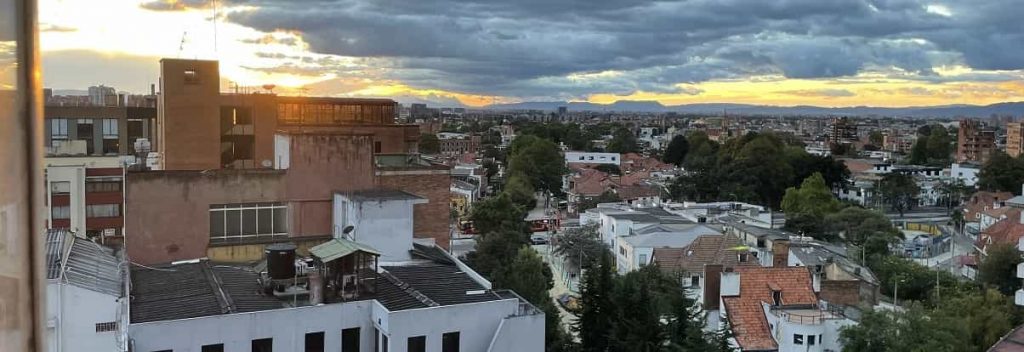
Everywhere we look we are met with beautiful vistas of sky, mountains, and city. It’s hard not to be charmed by that after a while. The people are also extremely helpful, from the person that yelled out of a car when I didn’t see that I had dropped my wallet to the women who have helped Abbey navigate the bus system to the market vendors who offered us free samples of interesting fruits. In Bogotá, being “reserved” or “distant” doesn’t imply being unfriendly or unkind, which is something I think (hope) is true of me as well!
Plowing the Seas, Colombian History Pt. 3
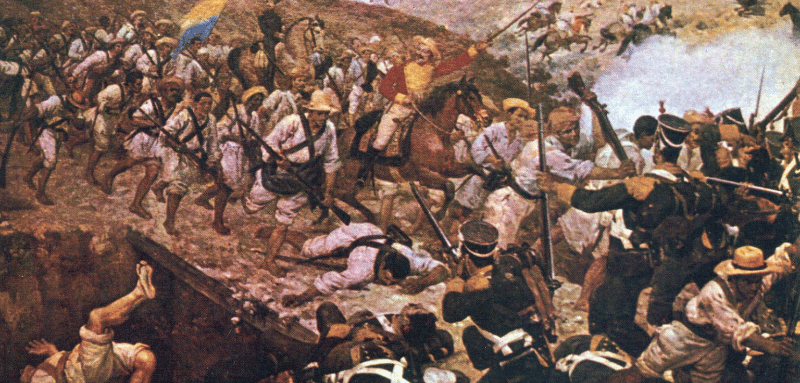
By the time of his death in 1830, Simón Bolívar had traveled over 75,000 miles on his feet or on the back of a horse. He had crisscrossed South America many times over in a dizzying number of campaigns, persevering though defeat, exile, and the loss of his vast inheritance in order to help liberate a continent…